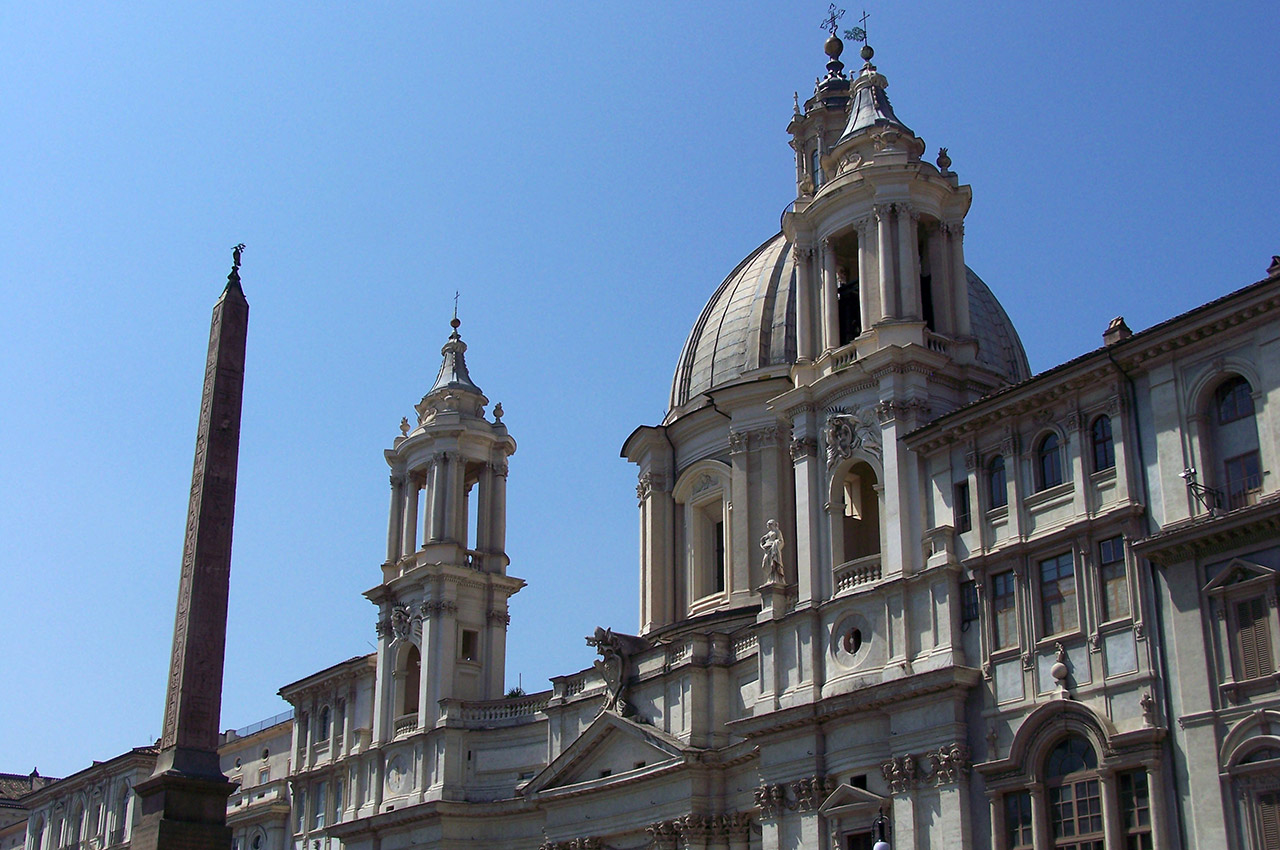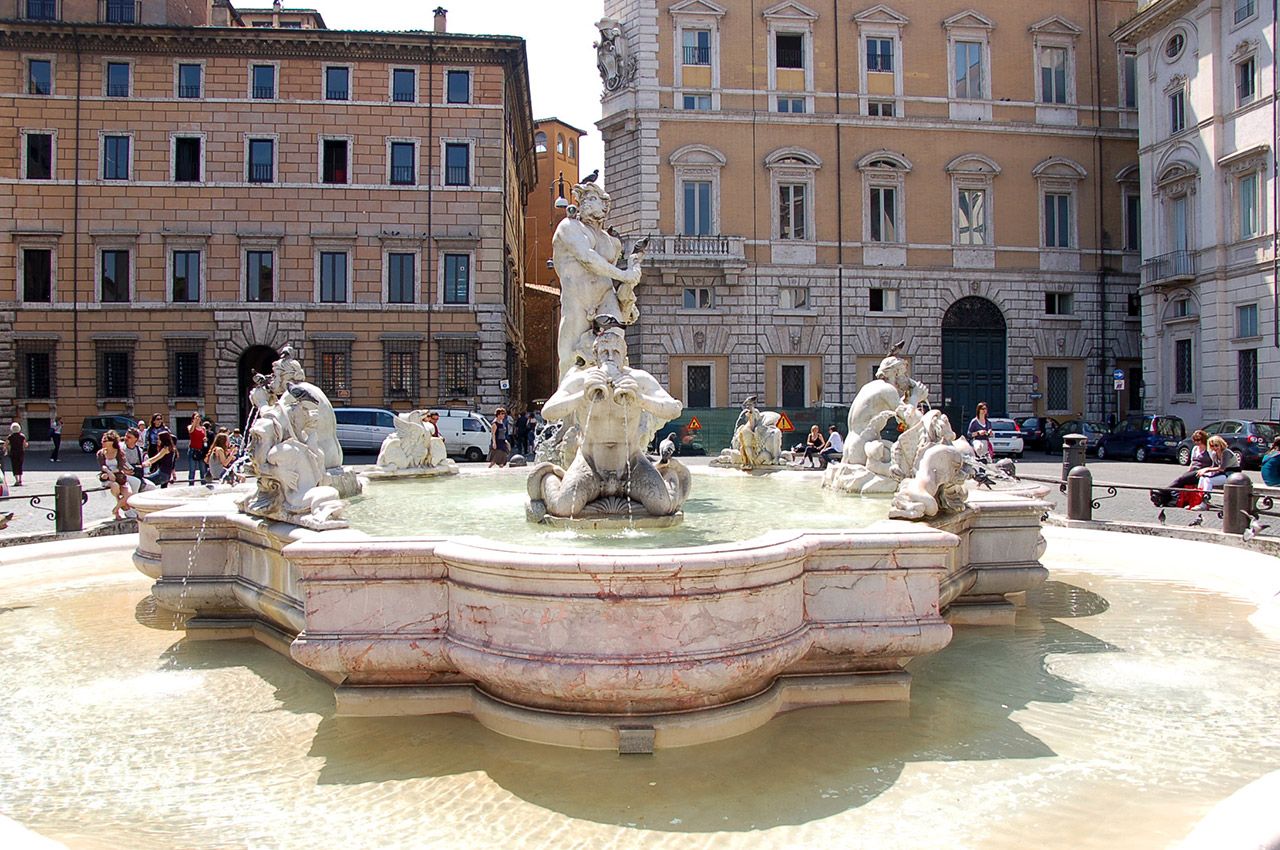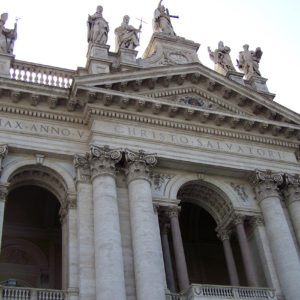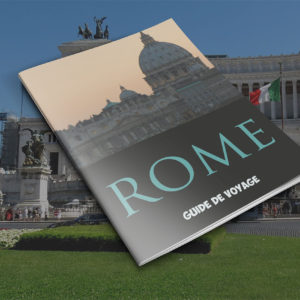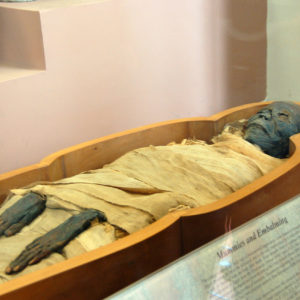14 June 2016
St. John Lateran, founded in the 4th century, has witnessed many historic events in its long history: Charlemagne was baptized here in 774, several great councils were held here, all the popes were enthroned here until the 19th century, and Mussolini signed the so-called Lateran Accords here in 1929.
